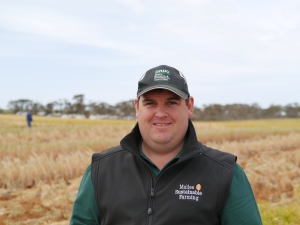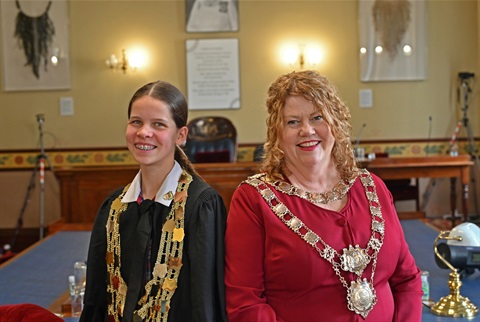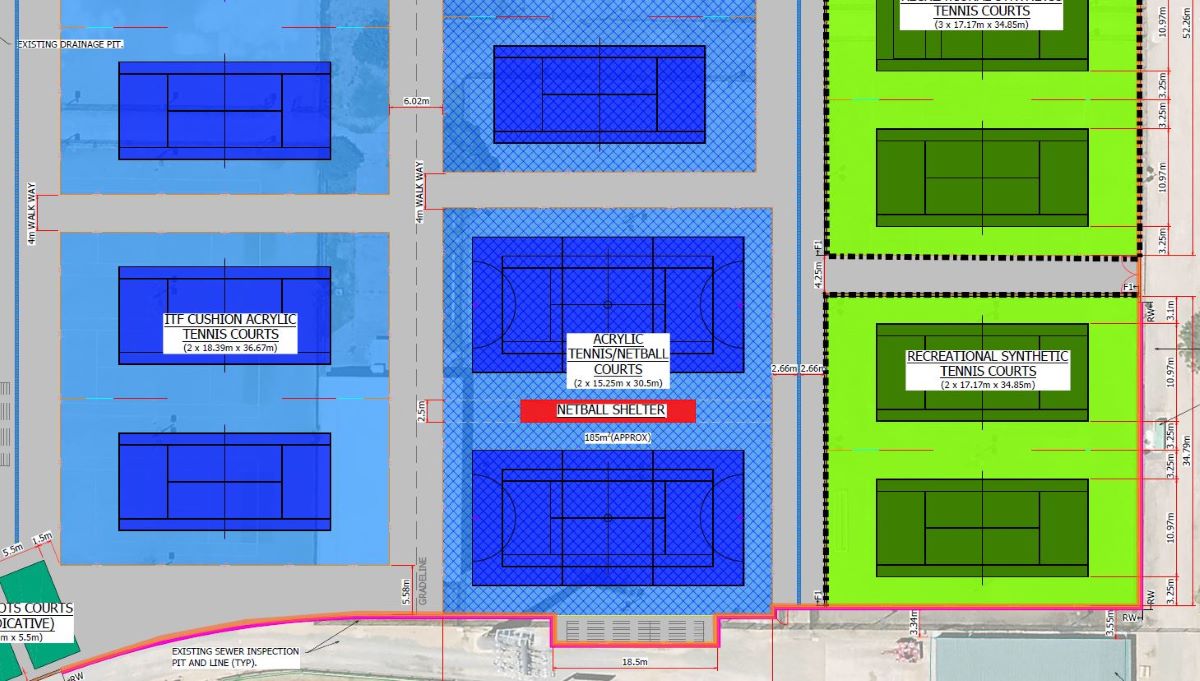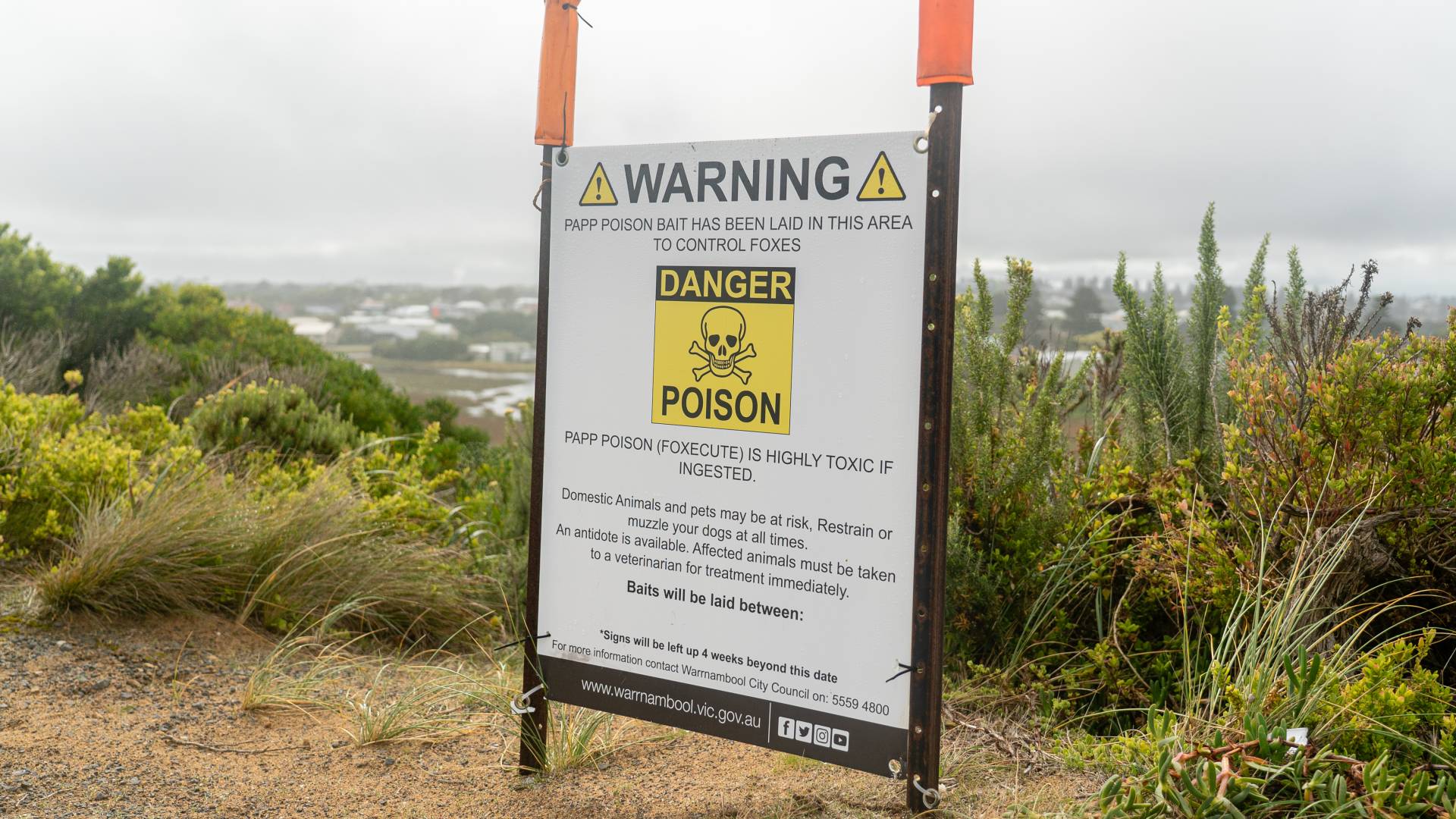
Growers are being encouraged to consolidate deep ripped paddocks with a roller before sowing as researchers investigate solutions to yield penalties from soil throw and excessive seed depth.
Soft soil after deep ripping can cause the seeder to sink too deep, as well as excessive soil throw during the seeding operation. These result in deep seed placement, reduced seedling emergence, over exposure of the seedling to pre-emergent herbicides and poor crop vigour.
Management options for paddock trafficability post ripping, especially when winds cause slumped furrows or topsoil erosion, are also the subject of further investigation.
While research to validate and remedy these issues is still in its early stages, Frontier Farming Systems consultant Michael Moodie says there are great yield benefits to be gained from deep ripping, provided growers can sow the ripped areas effectively and get good crop establishment.
The sandy soils of the low rainfall Mallee regions of South Australia and Victoria are commonly affected by a consolidated sub-surface soil layer, as well as non-wetting, poor fertility or acidity constraints.
“These soils have quite high resistance problems typically at 30 to 50 centimetres depths, but if we can overcome that with deep ripping then we’re finding big benefits, with average yield increases of 0.6 tonnes per hectare,” Mr Moodie said.
“The yield benefits are driven by an increase in water use efficiency and the ability of crops to reach below the previously consolidated layer to tap into deep soil moisture at the end of the season.”
Mr Moodie said growers should examine the position of tynes on their seeding bar as work within the GRDC investment ‘Increasing production on sandy soils in the low-medium rainfall areas of the southern region’ has shown front tynes may need to be raised for ripped paddocks. This is because as the seeder moves, the ripped soil is easily thrown by the rear tynes into the furrows sown by the front tyne rows.
Results from a new trial at Pinnaroo (SA) this year showed a 16 per cent decrease in wheat establishment and reduced early vigour in deep ripped paddocks. This is primarily caused by the seeder sinking into the soft soil and the rear tynes throwing soil into the furrows created by the front tynes, resulting in a seeding depth up to 30 millimetres.
Mr Moodie said results so far indicated rolling the surface of the ripped paddock before sowing was the most promising solution. He said this reduced the sinking of the seeder, the risk of furrow slumping and susceptibility to wind erosion after sowing.
As a part of the research, which is also funded by South Australian Grain Industry Trust (SAGIT), growers and researchers are also investigating press wheel design to roll the ripped surface, ripping at an angle to seeding direction to prevent soil throw and implementing a controlled or semi-controlled traffic system which leaves certain wheel tracks un-ripped, thereby preventing sinking.








